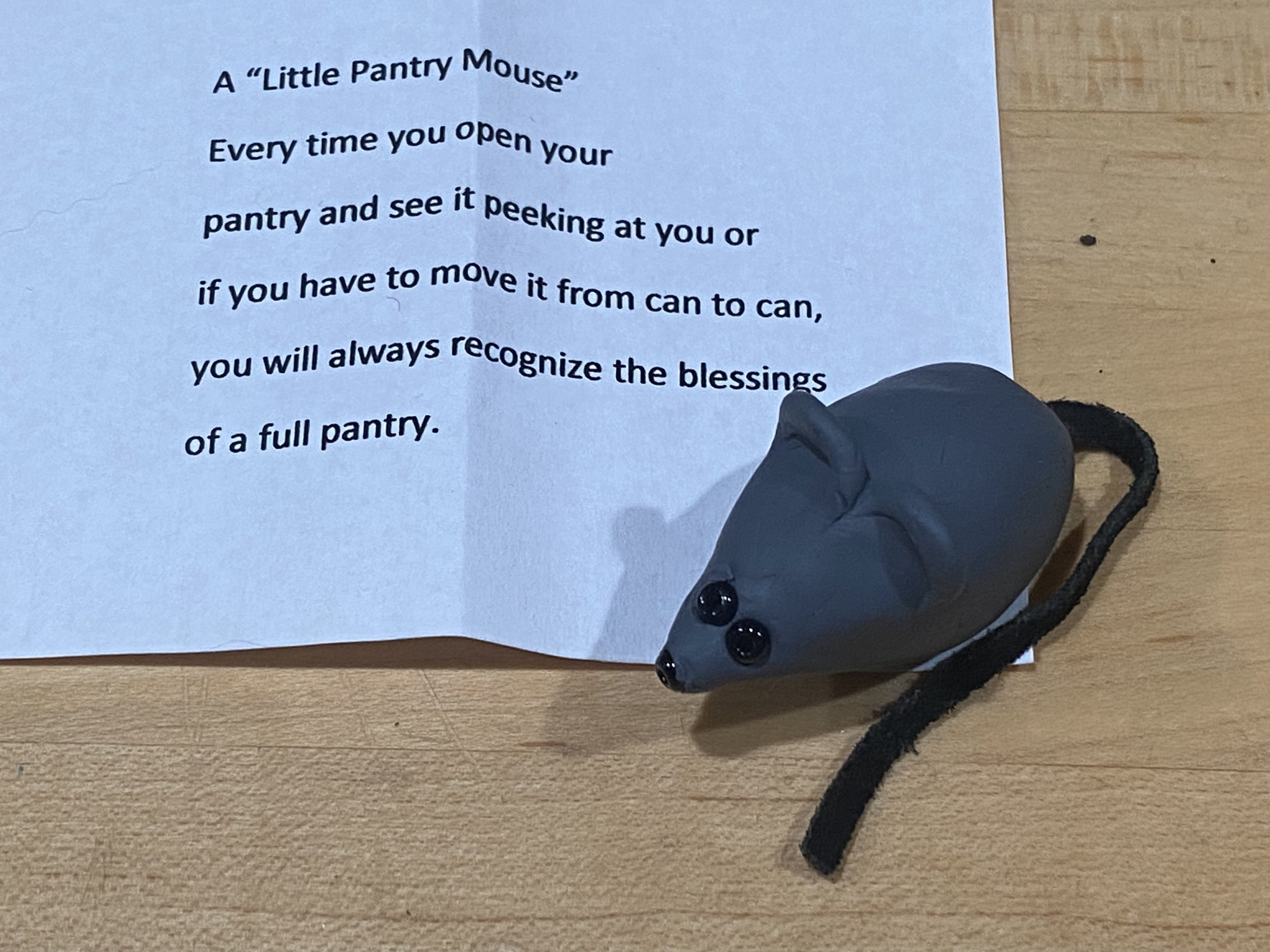Asiatic Lilies
/Asiatic lilies make lovely cut flowers to brighten up a room. (Photo by Charlotte Ekker Wiggins)
Asiatic Lilies
Besides orchids, Asiatic and Oriental Lilies are my favorite room decor addition. Any room will look better with a sprig of fresh flowers, be they wildflowers or lilies.
They are not the same but are often confused for each other. The easiest way to remember the difference is Asiatic lilies do not have a fragrance. Asiatic lilies also bloom earlier than Oriental lilies.
Asiatic lilies are native to several areas of Asia. The plants reach mature heights of 1 to 6 feet and have long, slender, glossy leaves. They are hardy, early bloomers that produce flowers in a wide variety of colors.
I started adding Asiatic lilies to my garden when I wanted a pop of red. I ound several packets on sale, usually in spring where I live in mid-Missouri USDA Hardiness zone 5.
Beware of Exposure to Cats
Asiatic lily pollen can be deadly to cats. I know cut the pollen tips off and wash all pollen off the flowers before bringing them inside.
I also keep the flowers in a spot where the cats can’t get to them.
In my garden, both asiatic and oriental lilies grow in dabbled sunshine. (Photo by Charlotte Ekker Wiggins)
Asiatic lilies thrive in nearly any type of well-drained soil. The bulbs multiply quickly and can double every year.
Oriental Lilies
By comparison, Oriental lilies are native to Japan. The plants gain height every year and are considerably taller than Asiatic lilies. The deep green leaves are wider , somewhat heart-shaped, and further apart than the leaves of Asiatic lilies.
Oriental lilies bloom about the time Asiatic lilies are fading.
The huge blooms, primarily in shades of white, pastel pink and pastel yellow, are heavily scented.
The bulbs multiply much more slowly than Asiatic lily bulbs.
As with most plants, they both benefit from splitting the bulbs every few years to prevent overcrowding.
Asiatic lilies are pretty in both outside gardens and inside bouquets. (Photo by Charlotte Ekker Wiggins)
I now have both growing in my garden. Since Oriental lilies grow after Asiatic lilies, that gives me an extended growing season for these lovely plants that make excellent cut flowers.
To Keep Asiatic Lilies Fresh
Change the water in the vase every couple of days. Cut off an inch from the bottom to help the stem absorb moisture. Keep out of direct sunlight.
Charlotte

















